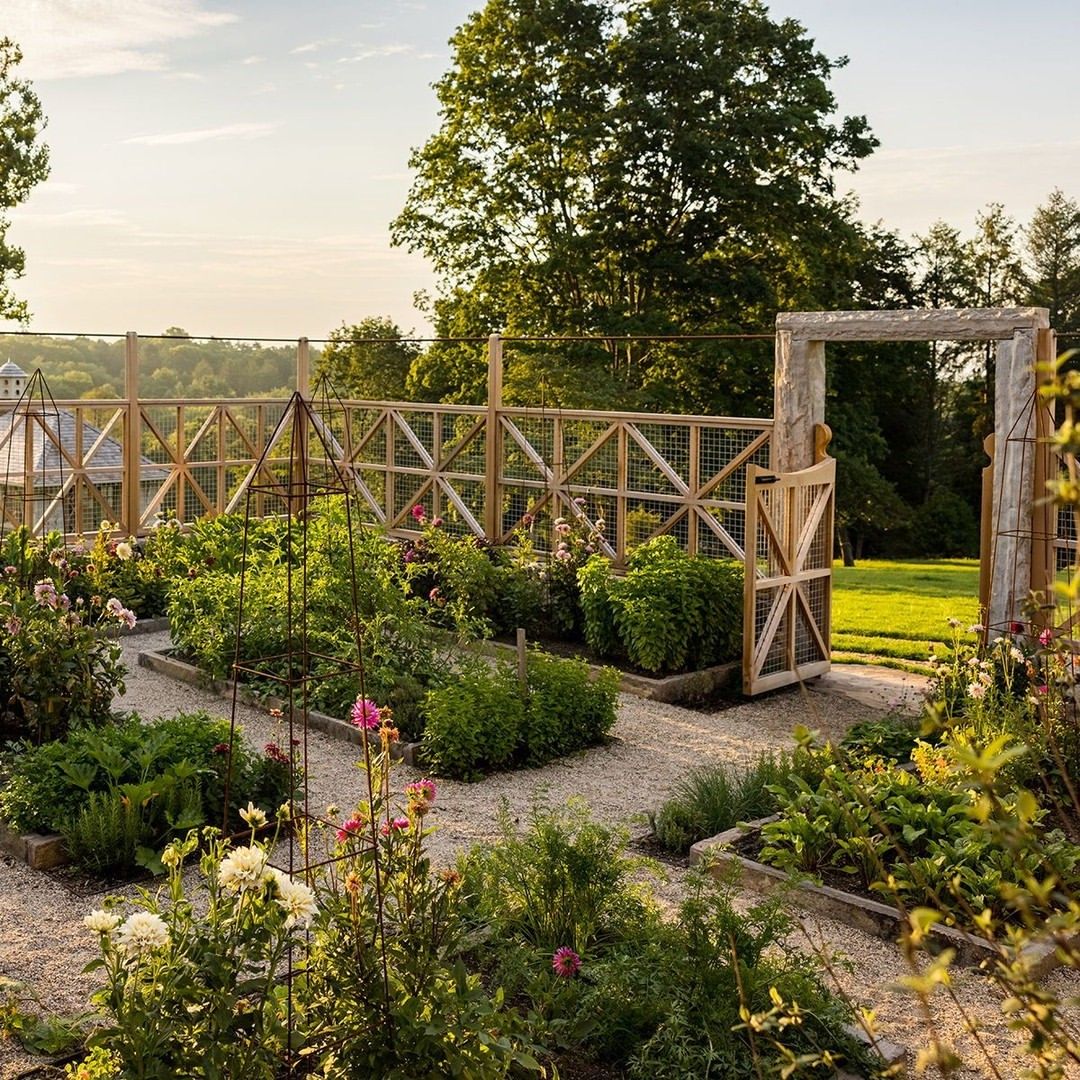
A well-designed vegetable garden can not only provide you with a bountiful harvest of fresh, healthy produce but can also add beauty and interest to your outdoor space. Whether you have a large backyard or a small balcony, there are endless possibilities for creating an attractive and functional vegetable garden design.
One of the key elements to consider when designing a vegetable garden is the layout. The layout of your garden will depend on factors such as the amount of space you have available, the type of vegetables you want to grow, and your gardening style. Some common layouts include raised beds, rows, and container gardens.
Raised beds are a popular choice for vegetable gardens as they provide good drainage and can be more easily maintained. They also allow you to separate different types of vegetables and control the soil quality in each bed. Rows are another traditional layout that works well for larger spaces and allows for easy access to the plants. Container gardens are ideal for small spaces or balconies and can be easily moved around to take advantage of sunlight.
When planning your vegetable garden design, it’s important to consider the types of vegetables you want to grow and their specific growing requirements. Some vegetables, such as tomatoes and peppers, require full sun, while others, like lettuce and spinach, prefer partial shade. By grouping vegetables with similar light and water needs together, you can create a more efficient and productive garden.
In addition to the layout and location of your vegetable garden, consider adding elements that enhance the beauty and functionality of your space. Trellises and arbors can provide support for climbing vegetables like peas and cucumbers and add vertical interest to your garden. Pathways made from stones or gravel can help define the space and make it easier to navigate. Adding a seating area or a decorative focal point, such as a fountain or sculpture, can also enhance the overall design of your garden.
To maintain a healthy and productive vegetable garden, be sure to pay attention to soil quality, watering, and pest control. Adding compost and other organic matter to the soil can improve fertility and structure, while regular watering and mulching can help conserve moisture and suppress weeds. To deter pests, consider planting companion plants that repel insects or using natural remedies such as neem oil or diatomaceous earth.
In conclusion, a well-designed vegetable garden can be both a practical and beautiful addition to your outdoor space. By carefully planning the layout, choosing the right vegetables, and incorporating design elements that enhance the overall aesthetic, you can create a garden that provides you with a rewarding and enjoyable gardening experience. So roll up your sleeves, grab your trowel, and get ready to enjoy the fruits of your labor!
 Garden Ideas
Garden Ideas









